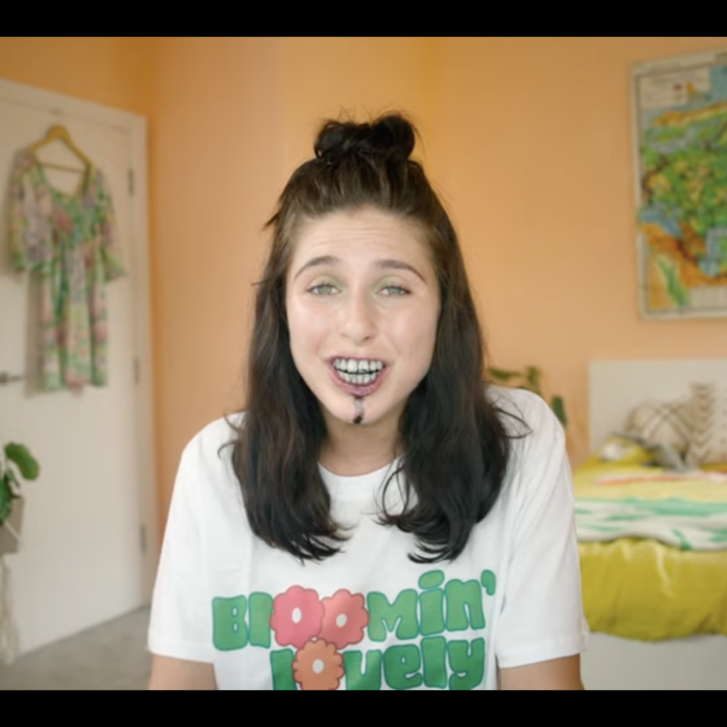Brands: How to Keep the COP26 Momentum Going?
COP26 was a great opportunity for brands to showcase their sustainability credentials. But how to mobilise the momentum and make that planet passion permanent?
The UN climate summit COP26 offered a unique opportunity for sustainability conversations, issues, and strategies to be driven up the business agenda. A huge number of brands took climate change seriously enough to put it at the heart of their marketing campaigns. Plus, there was more traction for sustainability ideas and recommendations. But now the dust has settled after the delegates have disappeared, how can brands continue to sustain their sustainability drives?
A recent study found that 66% of consumers want brands to be involved in social and political issues. As a result, many brands have actively showcased their environmental credentials. And never more so than over COP26. But sustainability is more than a well-timed ad campaign. As a brand, it involves shaking up the entire business – from what you stand for and who you employ to how you operate your company and its supply chains – and making sure your green credentials are genuine.
So how to make sure post-COP26, your brand is greenworking and not greenwashing?
1. Get a Green Growth Mindset
A lot of COP26 focused on what countries, corporates, and consumers were doing wrong and what needed to be changed. In other words, focused on the negative rather than the positive. The reality is change brings the opportunity for innovation. Switching to more environmental practices can help a brand access new markets, suppliers, and stakeholders. Embedding a green growth mindset into a brand ensures that sustainability and economic well-being can go (and grow) hand in hand. Not a singular moment with a short-term fix. But a long-term strategy.
Sustainability is good for business. For example, look at Unilever’s Sustainable Living Brands. This is a sustainable product portfolio whose performance is tracked and reported on. And which has consistently outperformed Unilever’s wider product portfolio. This would suggest that Unilever’s investment in sustainability delivers a commercial advantage. Equally, NatWest’s “What’s My Bank Got To Do With Climate Change” COP26 campaign was a landmark first. It acknowledged the role of big banks in the climate crisis. But building on this, it also highlighted what the company was doing to change its business operations for the better.
2. Decide What You Believe In
COP26 gave rise to many a knee-jerk marketing campaign. It wasn’t a greenwash so much as a greenflood. So what you say, do and commit to in your organisation must be aligned with your wider brand purpose. If your green ambition doesn’t fit with your organisation’s purpose, how can you change the business to make sure it does? Your brand purpose is the foundation from which every facet of your company’s operation needs to flow from. ITV is a good example of a brand that’s purpose is apparent throughout its business model. The broadcaster used hit shows “Love Island” and “The Masked Singer” in its COP26 ad campaign to send viewers to a dedicated website. This contains simple, sustainability swaps and the WWF’s carbon calculator tool. Plus, information on ITV’s net-zero strategies.
3. Stand Up for What You Believe In
It takes courage to stand up for what you believe in. But for brands, doing the right thing for people and the planet can also be good for business. Last year, outdoor clothing giant Patagonia stopped all paid advertising on Facebook, and luxury ice-cream sellers Ben & Jerry stopped selling in the Occupied Palestinian Territory. Agree or disagree, these brands are standing up for what they believe in. At COP26, the Guardian’s “Big oil doesn’t grease our wheels” billboards were a powerful way to highlight their rejection of advertising revenue from the fossil fuel industry. This is putting your money where your mouth is.
4. Educate and Inspire
Brands can hugely influence politics, trends, and consumer behaviour. For example, Nike’s ad marketing has shown it can mobilise fans, communities, and consumers to promote positive action against racial injustice. Equally, Netflix uses its massive reach as a platform for sustainable storytelling – most notably with the Academy Award-winning documentary “My Octopus Teacher.” Most recently, the UK supermarket Co-op rebranded itself as “ Co-op26” whilst the global summit took place. The idea was to show customers how to cut their carbon footprints. Its 2,600 food stores and 830 funeral homes offered in-store marketing. Its social channels were dedicated to offering tips on how to go green. The advice was honest, practical, and empowering. “Buy less” is not what you’d expect to hear from a supermarket. But it is a way to get consumers excited and engaged in living a more sustainable life.
4. Take the Long Road (but Set Some Short Term Goals)
Brands should see COP26 as the start of a marathon, not a sprint. The climate summit is a great springboard to sign off long-term sustainability targets, set multi-year action plans, and secure senior buy-in for long-term, road-mapped change. A brand should be asking itself questions. In 20 years, what is the organisation going to have achieved? What’s its operation going to look like?
That said, 2030 and 2050 are a long way off. So what can your company do today to have an impact? Start with a clear ESG strategy and policy that is integral to overall corporate strategy. Make it a habit to evaluate the community and environmental impact of each major decision. Measure targets’ progress on a regular basis to learn what works, what doesn’t, and what needs tweaking. Over time, brands can add more data and metrics and refine their ESG targets. From small acorns, right?


